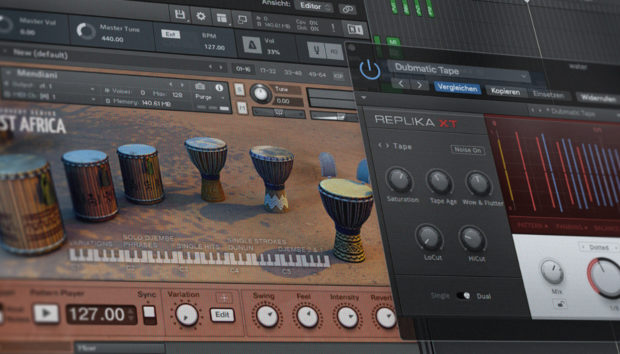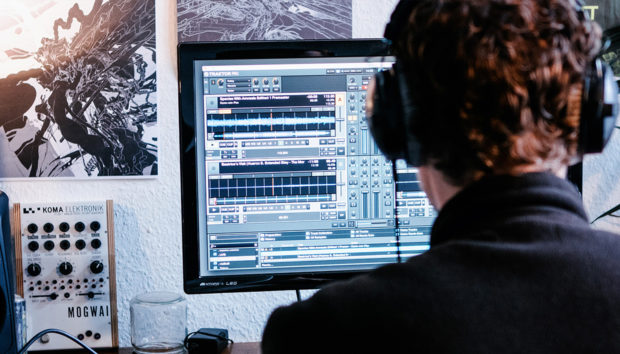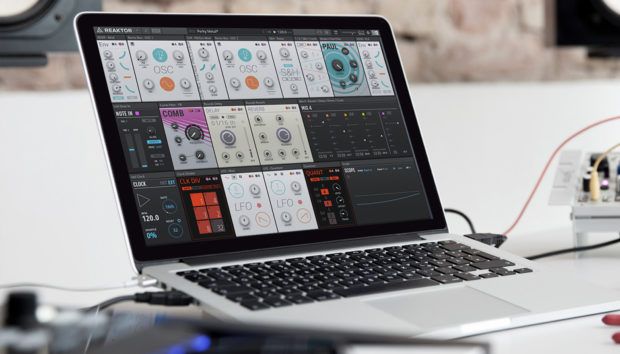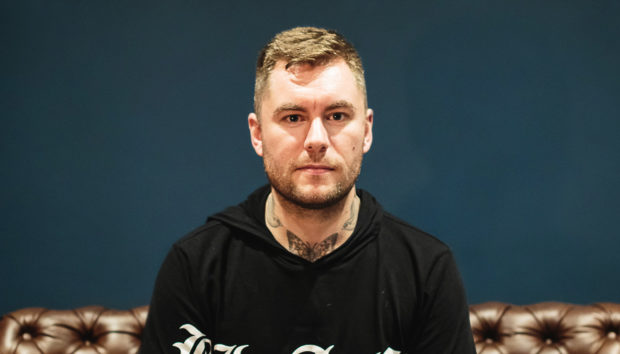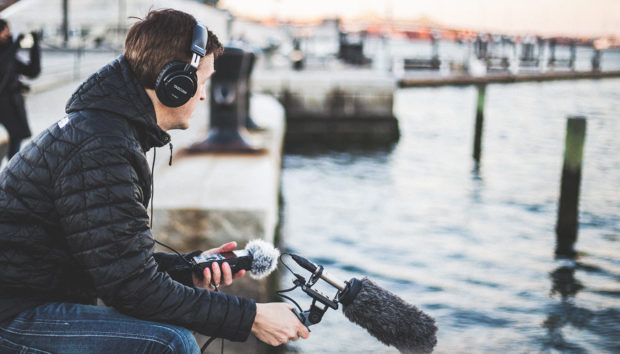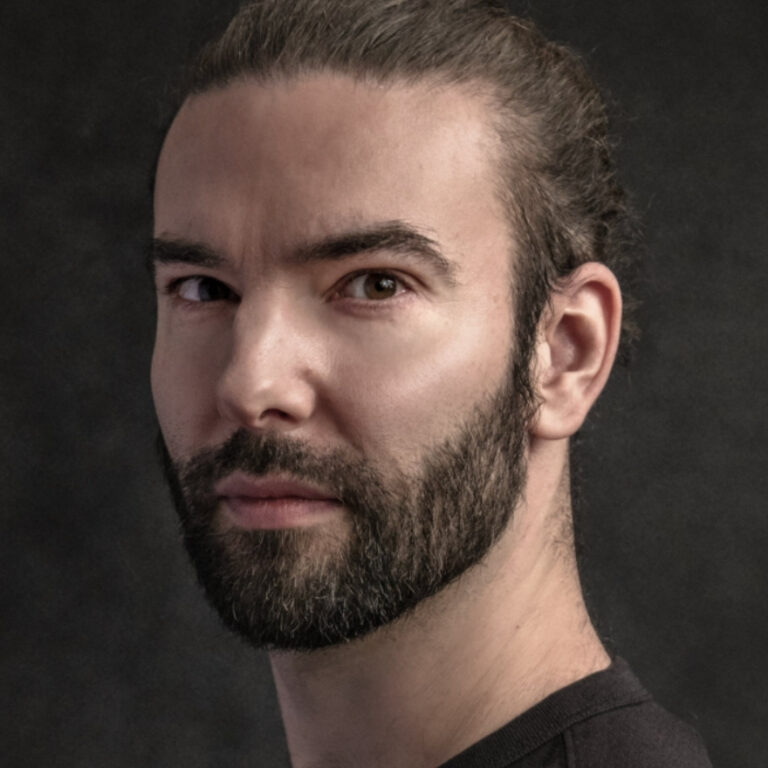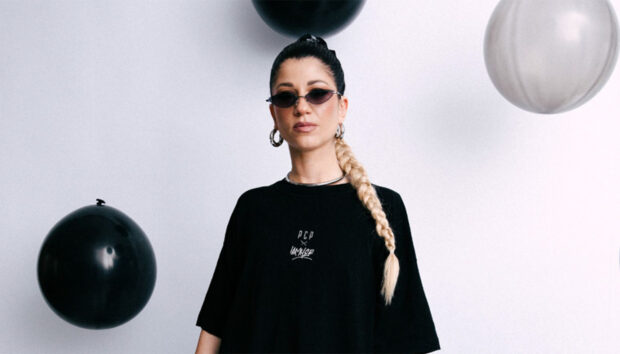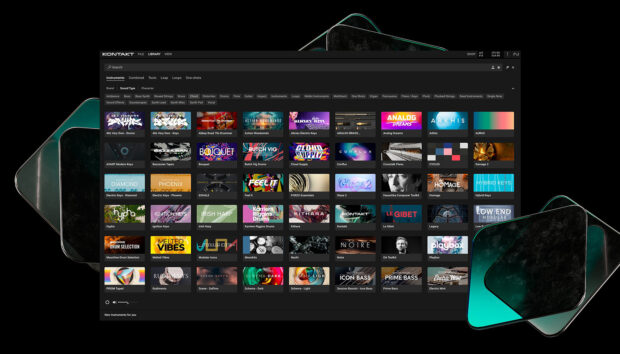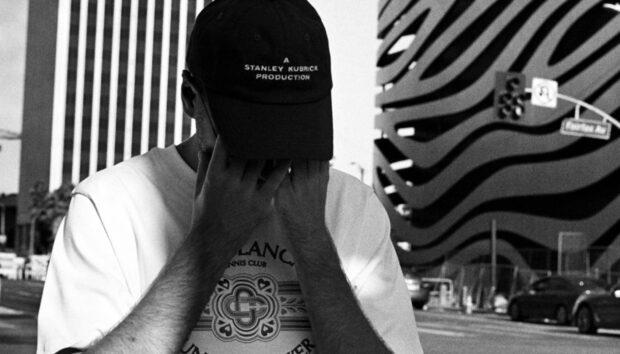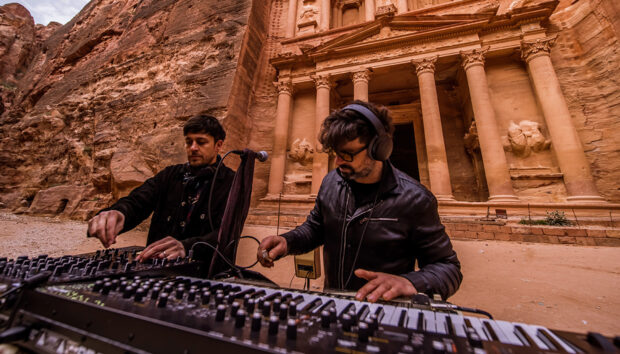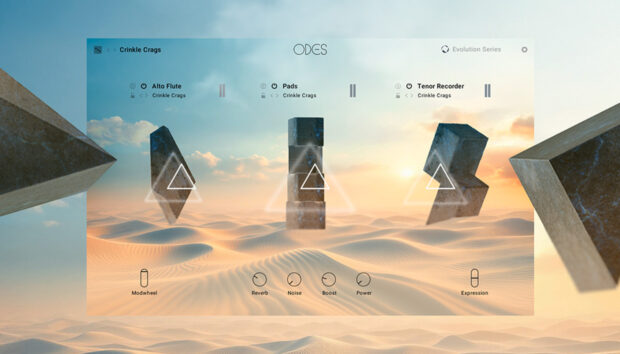Eelke Kleijn’s fifth studio album – Connected – marks a sharp turn into melodic, vocal-forward production. It’s his most personal project to date, shaped by a shift in his writing process and a broader sonic palette that moves between indie dance, progressive house, and cinematic cues. To shape the FX layers and movement across the record, Kleijn leaned heavily on Guitar Rig – not as a guitar tool, but as a creative processor for synths, vocals, and ambient layers.
From DI guitar tones reshaped through custom preset chains to split-band FX stacks and analog-style modulation, Guitar Rig became one of the most flexible tools in the process.
And that flexibility helped him finish Connected after years of stalled drafts, post-tour creative blocks, and shifting genre expectations.
Jump to these sections:
- How he uses Guitar Rig to build movement on synths and FX tails
- Why frequency splitting and resampling are still essential
- The difference between FX timing for club tracks vs. film scores
- How he uses internal modulators for unpredictable texture
- What producers often miss when they overlook Guitar Rig in 2025
Let’s dig into the techniques and mindset behind one of his most sonically adventurous records to date.
How often do you reach for Guitar Rig when you’re not working with a guitar?
Very often, probably even more than actually using guitars!
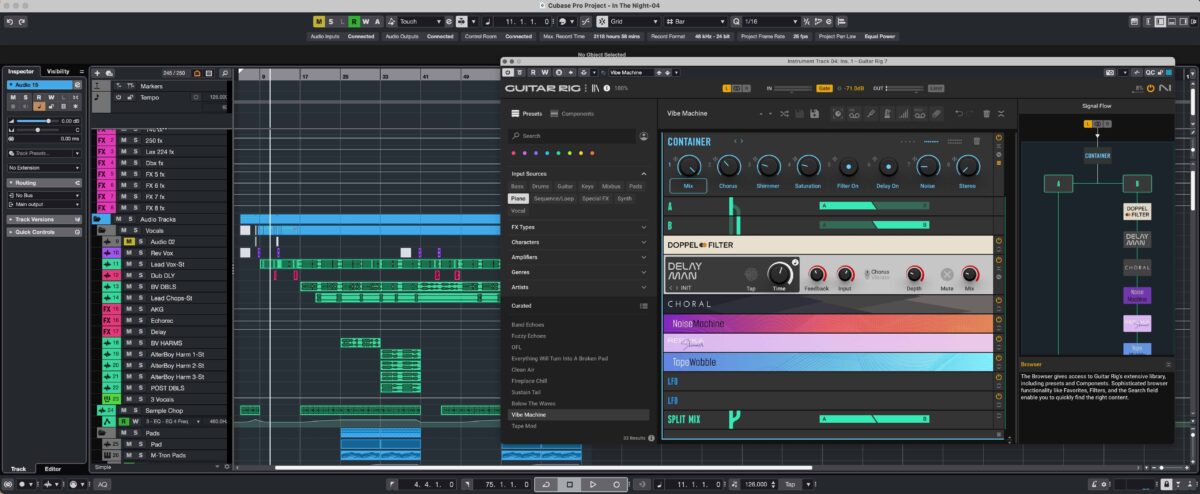
For starters, I absolutely love the Traktor FX section, they are great all-around reverb and delay effects for dance music. If I need to add a bit of depth to a synth or bass, this is what I usually go for. I also love building my own presets, tweaking things like filters, phasers and flangers with the various modulation sources.
But also when working with the guitar, I like to take Guitar Rig as a starting point for my sounds. I don’t have the space for actually mic-ing everything up, and to be honest, I also prefer the flexibility of just changing presets when I feel like it. I record all my guitars through a DI straight into Cubase.
Pro tip from Eelke Kleijn: Tape Wobble is a great tool to make any synth sound vintage.
Do you usually build your FX setups from scratch, or tweak and resample one-offs as you go?
I do both.
When I’m recording guitars I will usually go through a bunch of presets and I start to tweak the one that is closest to what I am searching for. For creative processing however, I usually build my own presets from scratch.

A technique I often use is to split the sound into different layers, either by doubling it or doing it according to frequency bands, and then processing those differently. The built-in Crossover and Split are great for that.
Pro tip from Eelke Kleijn: Crossover is fantastic for complex modulation chains.
Are you automating FX modules inside Guitar Rig live in the DAW, or recording those moves as audio passes?
It depends on what I want to achieve. If I’m just looking for predictable filter movement, I usually automate the parameters in my DAW. But when I’m looking for movement in a patch or a sound, I like to use the modulators such as the sequencer and LFO within Guitar Rig.
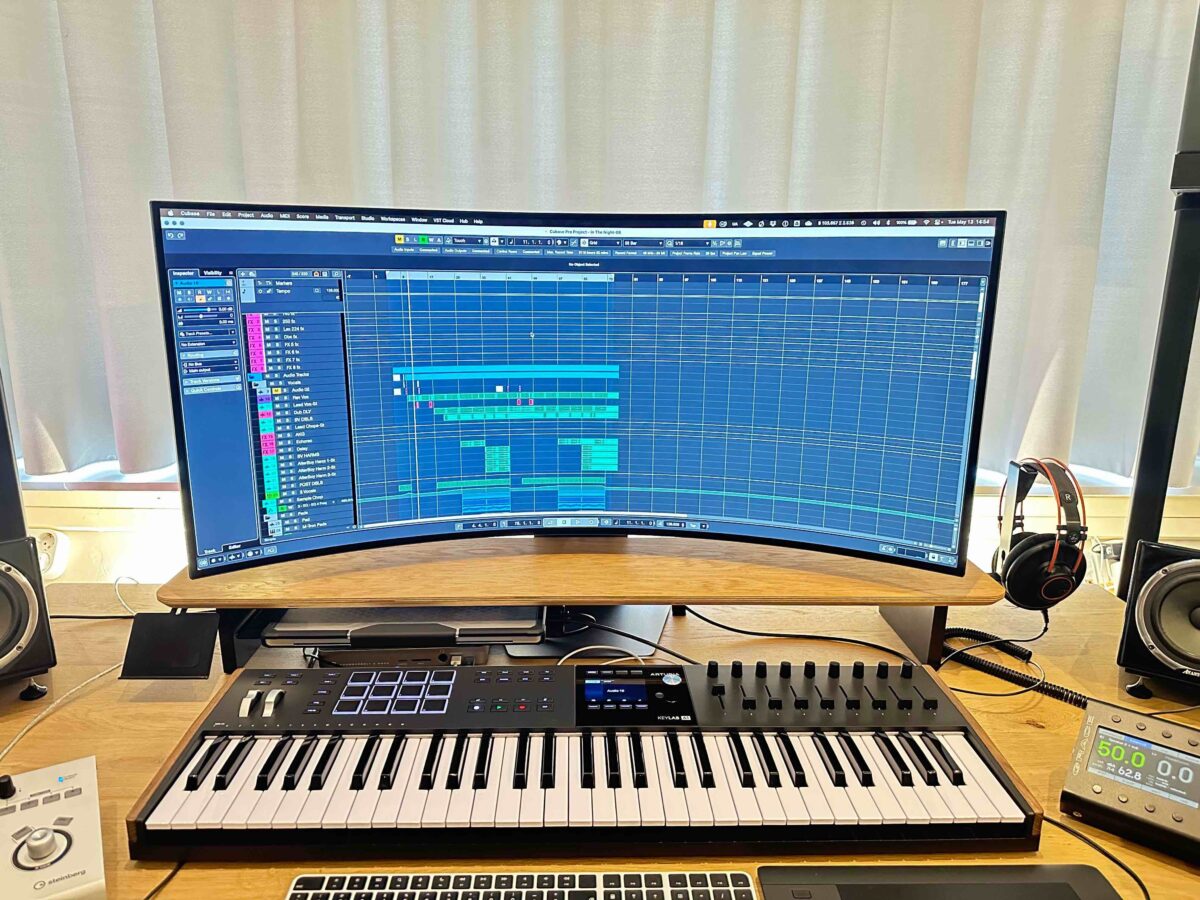
Generally, I don’t time those to the arrangement, so the movement becomes a bit unpredictable. I do end up bouncing it to audio at some point, because when I’m doing multiple bounces of the same track, I like these takes to be consistent.
Pro tip from Eelke Kleijn: Grain delay with 100% mix and pitch shifted often makes great layers on a synth line.
Any specific modules you find surprisingly useful for building movement without being too obvious?
The analog sequencer, it’s a great tool to automate a cutoff frequency for instance.
I really like to use that to make sounds ‘talk’ to you. But it also works well if you process a reverb tail with it and create some movement that isn’t too much in your face.
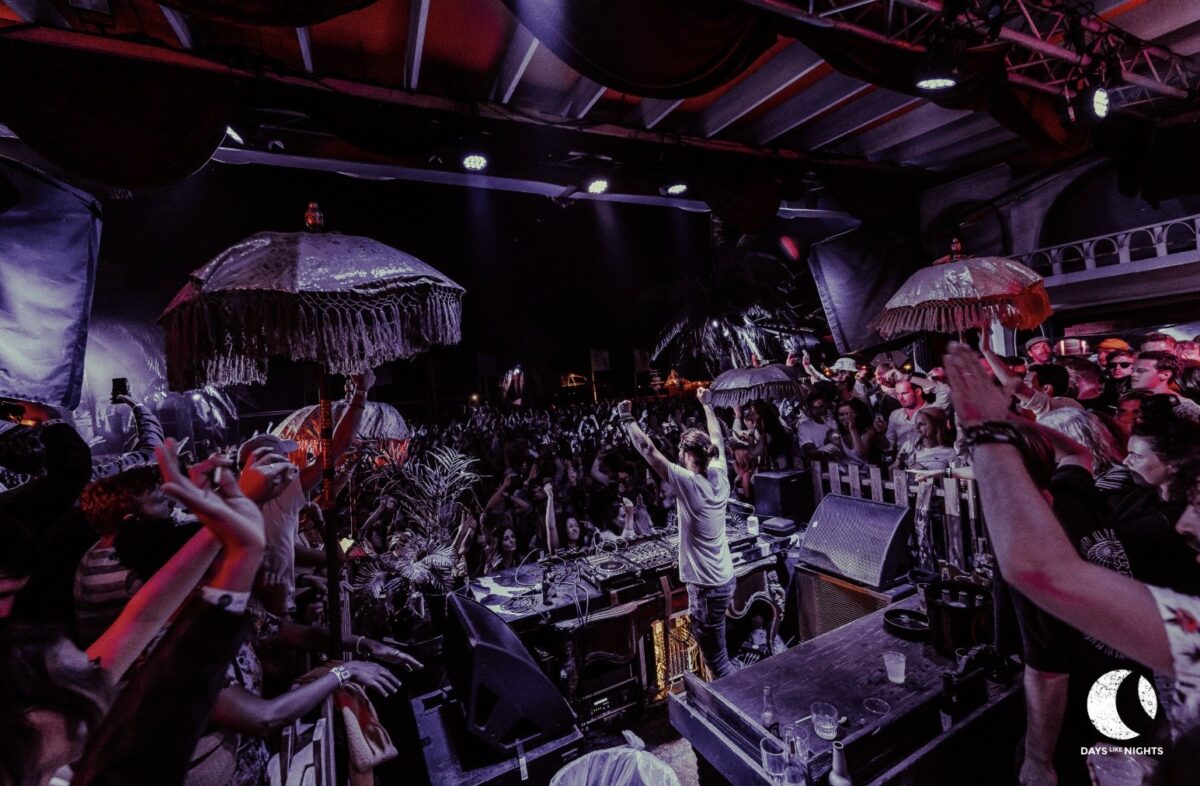
The various wah effects in the filter section are amazing as well, I like to use those on vocal snippets to see if I can sort of cross the line between a vocal and an effect. But also using a wah effect on a reverb tail creates some lovely depth and makes things pop out every now and then.
I’m also a big fan of the Tape Wobble; it’s great to make synths sound a bit more ‘vintage’ and old school.
Pro tip from Eelke Kleijn: To make quirky, ‘talking’ synth lines, I always revert to Analog Sequencer. Pro tip from Eelke Kleijn: Wah, Real Wah, and Cry Wah are great to emphasize frequencies on drums or vocal hits.
Your work always has a cinematic element – do you approach effects in club tracks with the same mindset as film cues?
There isn’t necessarily a big difference in the processing chains, but in film cues I’m always writing to a timeline. I am really timing the effects. They need to hit the exact spot and that is usually measured in seconds rather than BPM. And I might automate effects more timed to the DAW so they do exactly what I want, when I want them to.
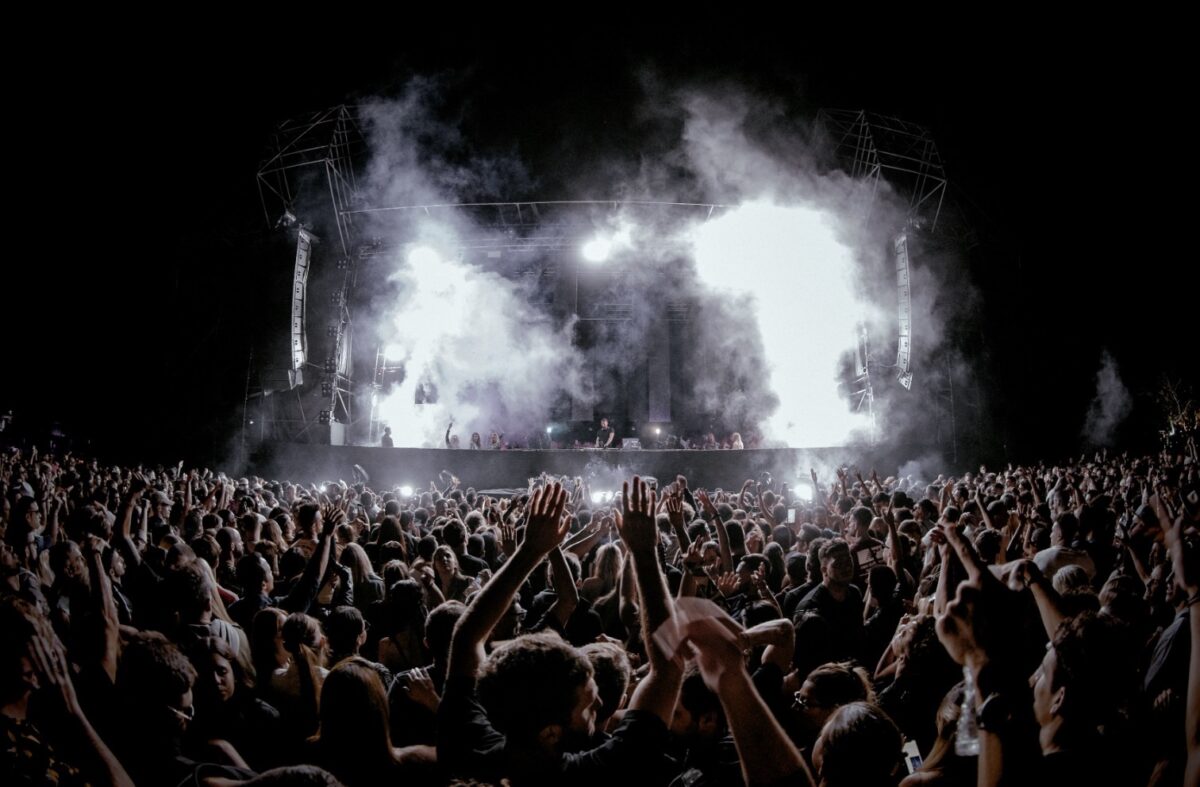
When I’m working on a club track, I like my effects to paint the background of the track of the song, I let them flow in and out of the track for some added depth.
What’s something you think producers underestimate when they look at Guitar Rig in 2025?
I think when a lot of people see the word ‘guitar’ they might think it’s only for guitar, so it might not apply to them. But I think Guitar Rig is so much more than that! It’s such a cool tool for creative processing of sounds.
One of the first times I really got that was when I wrote the track ‘Lovely Sweet Divine’ in (2013). The bassline is a sound split into multiple sections according to frequency, and then processed in different ways. It’s basically all Guitar Rig!
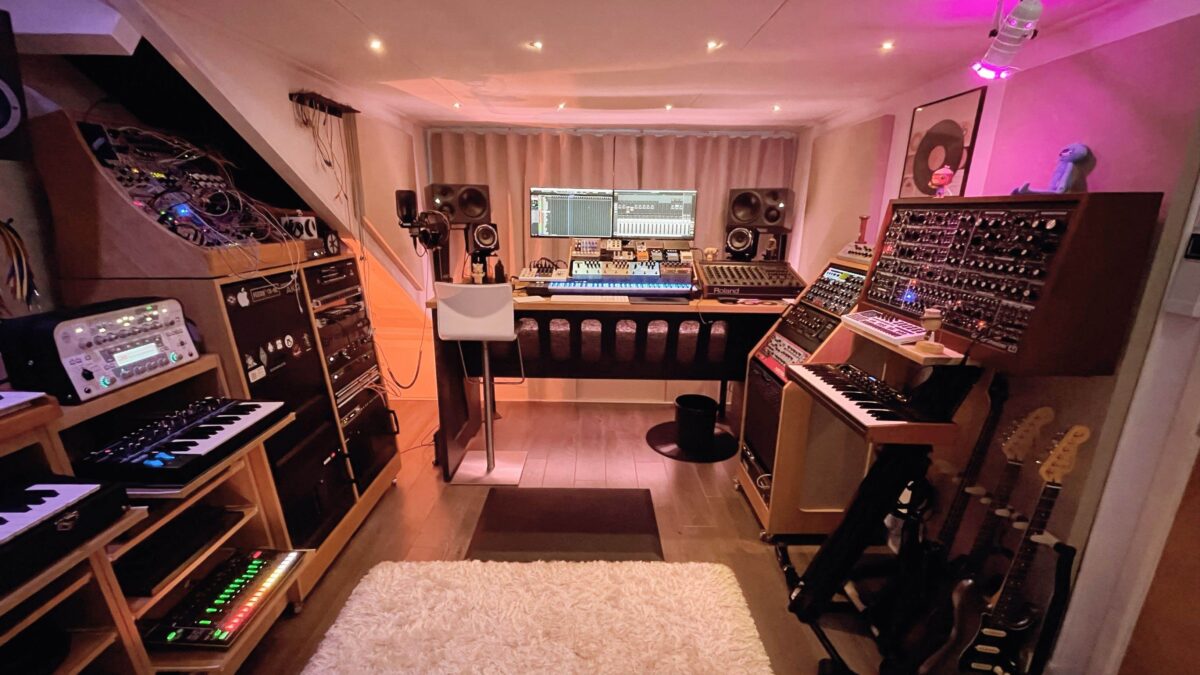
Wrapping it all up
Eelke’s latest album Connected blends his indie dance instincts with a detailed, hands-on approach to sound design. Guitar Rig plays a central role in that process. It’s where tonal layers get split, filtered, and modulated into motion. It’s where reverb tails and vocal chops turn into rhythmic accents. And for Eelke, it’s become one of the fastest ways to stay creative while keeping the technical side dialed in.
For anyone working across multiple genres or managing both live instrumentation and synths in a session, Guitar Rig offers the kind of controlled flexibility that speeds up decisions without boxing you in.
